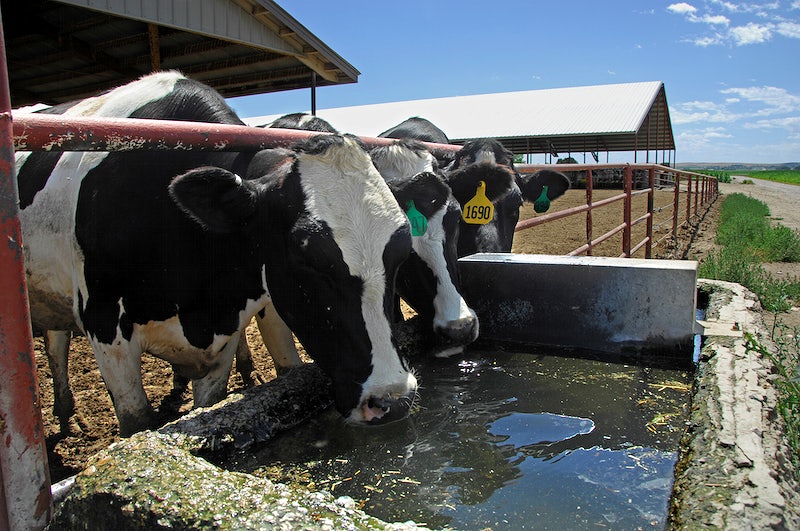
Smallholder farmers in the developing world should be implementing cheap and readily available solutions such as silvopastoralism, the provision of sheds, and crossbreeding to tackle the growing problem of heat stress in livestock.
It is estimated that seven per cent of global cattle is affected by heat stress, a number that could rise to 65 per cent by the end of the century. This will make outdoor animal rearing unsustainable for farmers in Subsaharan Africa.
Exotic, high-producing dairy cows are particularly susceptible to heat stress. Thermal stress is experienced by most cattle at temperatures of over 26°C with 50% humidity.
Related News: The Digital Dairy Farm: DigiCow delivers free livestock management for smallholder farmers
Related News: Taking proper care of dairy cows critical for best performance
According to medical journal, Lancet, Heat stress in animals is one of the significant climate change impacts on domesticated livestock. It reduces animal dry matter intake limiting live-weight gain and milk yield. It also increases their susceptibility to diseases and fertility.
Heat stress in livestock refers to an animal’s inability to thermoregulate, i.e., keep its temperature within acceptable bounds. It is caused by higher temperatures, higher relative humidity, solar radiation, and wind speed.
Solutions
According to ILRI Principal Scientist Philip Thornton, Silvopastoral systems– growing trees in grazing fields– have been shown to significantly reduce the effects of heat stress.
“Studies conducted in Latin American countries have shown that if you grow trees in particular arrangements to provide shade for animals can have a significant impact in reducing heat stress for animals,” he informed.
The provision of sheds and sheds with manually operated fans as well as bathing of animals with water a couple of times a day is also being practiced by livestock holders in India.
Related News: Mwingi Farmer Triples Livestock Herd With Water Pan
Moving animals to higher altitudes regions where humidity is decreased is also another adaptation strategy farmers can implement.
“Shifting to rearing different livestock is also a viable option for some small-scale farmers. Sheep and goats, goats, in particular, tend to be more resilient than cattle.
Some breeds have also been found to be more resilient than others. This necessitates the crossbreeding of local animals with higher heat tolerance than others,” said Philip.
Some of the information from this article was provided by ILRI podcast series ‘The Boma’